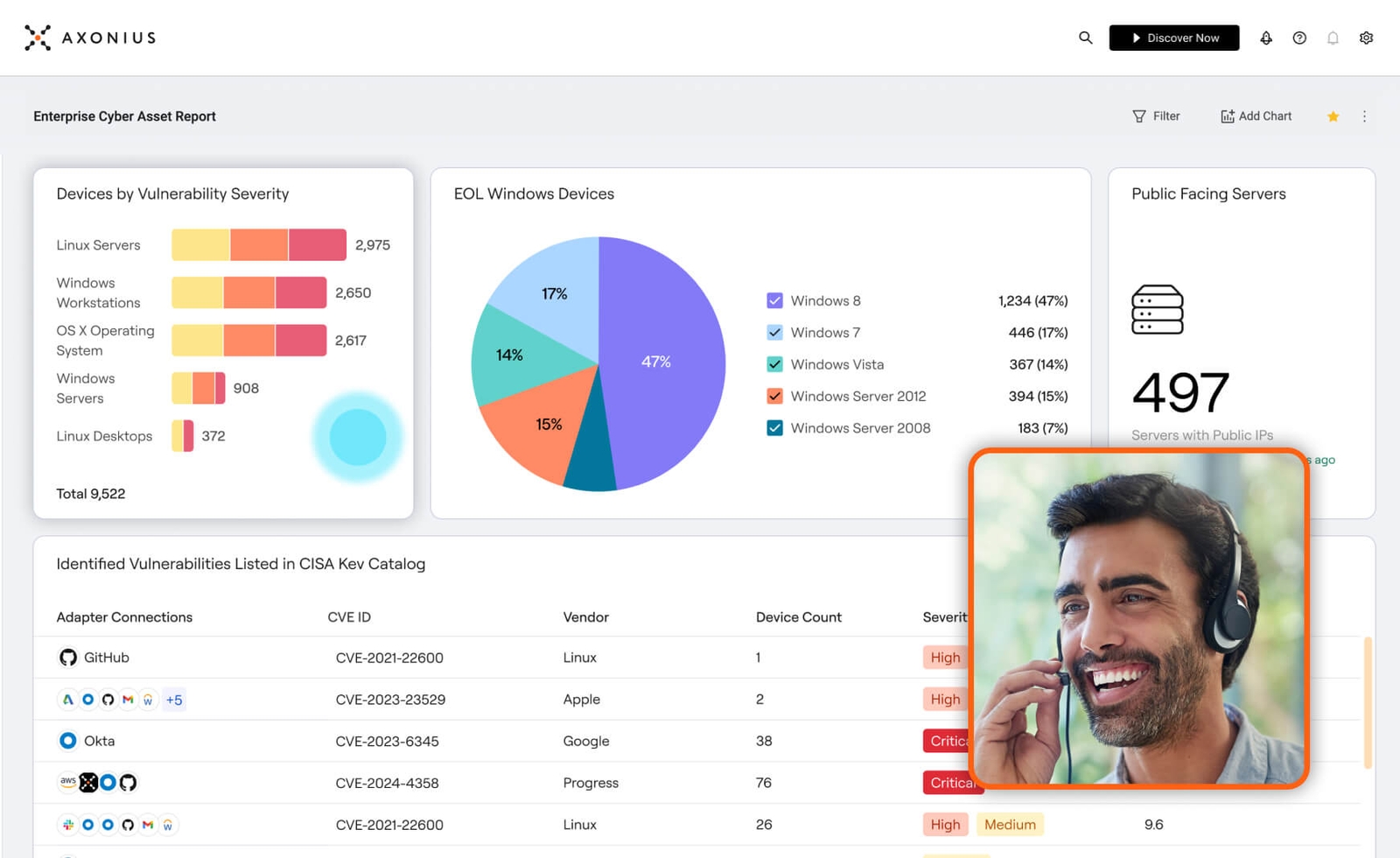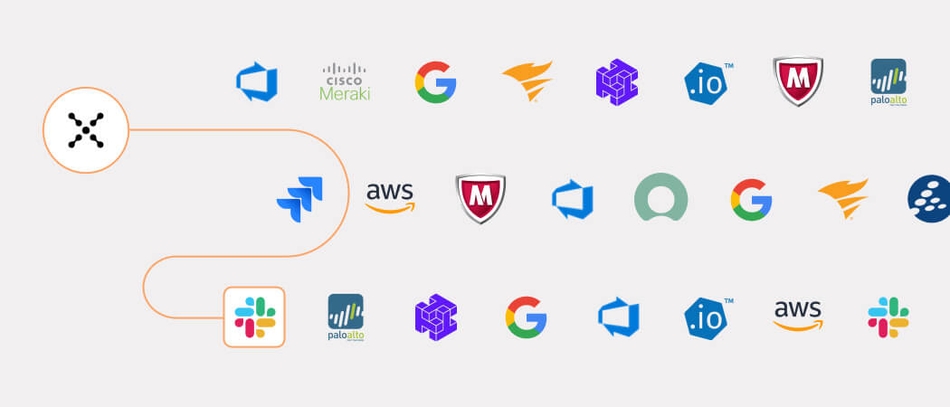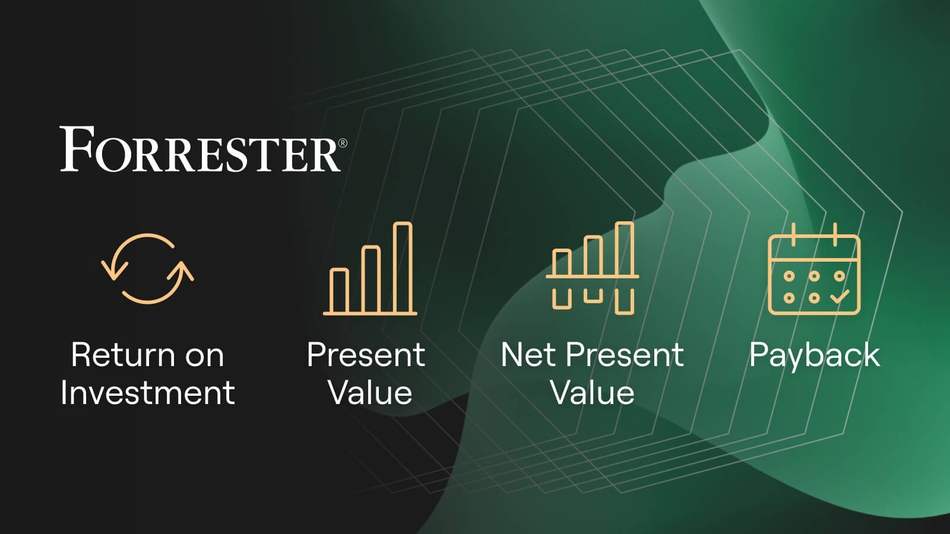Why Every Organization Needs a SaaS Security Strategy
Sydni Epstein

As business environments continue to evolve, one thing is sure – the appetite for Software as a Service (SaaS) apps continues to grow. SaaS offers organizations several advantages: increased flexibility, accessibility, cost savings, productivity gains, and more. However, this paradigm shift has resulted in an exponential increase in complexity for IT and security teams – especially when neither team feels they “own” SaaS security.
In a Q&A with our CISO Lenny Zeltser, he remarked on the fact that SaaS ownership is really challenging. He said, “Employees can start using SaaS applications without any involvement of IT and security teams. As a result, these teams are often unaware that the applications are being used and don’t know about the risks associated with them.”
This makes it hard to determine which team is responsible for adding new users to a SaaS app and assigning to them the appropriate permissions. Who will revoke access when the need arises? Who will handle renewal and other licensing discussions? It’s not always clear.
The good news is that having a solid SaaS security and management strategy in place can help. But as with any strategy, its success depends on the tools you have access to that can help bring it to life. For SaaS management, adopting a solution that can help bring IT and security teams together by providing automated continuous monitoring of SaaS applications that aid in minimizing risky configurations, managing policies, and ensuring compliance. SSPMs and SMPs also help teams address SaaS scope, compliance, and spending, which are essential components of a successful SaaS security and SaaS management strategy.
Understanding SaaS Scope
A SaaS management strategy is only effective when collaborative processes are in place. More often than not, this starts with understanding ownership of SaaS apps within an organization. However, a common SaaS-induced pain point is visibility. Ultimately, this complicates getting a credible SaaS app inventory with complete visibility into known and unknown SaaS apps and intricate data flows. With employees and teams often working in silos, IT and security typically lack visibility into the company's entire SaaS stack. As a result, ensuring that critical data processed by and stored in SaaS apps is protected is near impossible.
What happens when an organization has a lot of applications in its SaaS stack? SaaS sprawl. In turn, this introduces data sprawl and shadow SaaS, making it difficult for IT to know where data resides, who has access to it, its level of security, or where sensitive or Personally Identifiable Information (PII) is processed.
Here’s where SaaS Security Posture Management (SSPM) and SaaS Management Platform (SMP) solutions come in. By discovering both known and unknown SaaS applications, 3rd/4th-party extensions, and OAuth tokens, IT and security teams gain complete visibility into all data types and app-to-app interconnectivity flows. This level of visibility also makes it easier to see who has access and which users might have admin rights or excessive permissions. This information is also easily shareable across teams so that both IT and security know the state of their SaaS environment at all times.
Achieving SaaS Compliance
Shadow SaaS might make it hard for IT and security teams to understand the full scope of their SaaS environment, but it also makes organizations vulnerable to non-compliance risks. Industry and government regulations like HIPAA, PCI-DSS, and GDPR specify how companies can use, store, or transfer consumer data. But if IT and security teams don’t know how their data is flowing between SaaS apps in the first place, then it’s nearly impossible to comply.
The Cloud Security Alliance (CSA) report, “Robust Enterprise Security Includes SaaS Management”, provides valuable insights into SaaS governance best practices, which further reinforce the need for SaaS management solutions in compliance efforts.
The paper highlights the importance of:
- Implementing a risk-based approach to SaaS governance.
- Conducting regular risk assessments and vulnerability scans.
- Monitoring data access and user activity to detect anomalies.
- Enforcing strong access controls, authentication, and authorization mechanisms.
- Managing user privileges and permissions to prevent data leaks and unauthorized actions.
- Regularly reviewing and updating security policies to align with evolving compliance requirements.
- Leveraging automation and orchestration to streamline compliance workflows.
- Establishing incident response and disaster recovery plans for SaaS applications.
- Ensuring continuous monitoring and auditing of SaaS environments.
SSPM and SMP solutions facilitate policy enforcement by automatically enforcing security controls and configurations across SaaS applications. This is an important element for SaaS-first companies to meet critical compliance standards and address a critical risk factor when it comes to auditing and compliance baselines.
Controlling SaaS Spend
A final consideration for IT and security teams when it comes to developing a SaaS security strategy should be SaaS spend and making sure it’s being reigned in.
Skyrocketing SaaS adoption has undoubtedly impacted spending across organizations, resulting in increased difficulties when taking a systematic approach toward related expenditures. To tackle these issues and optimize cost, we must first understand the areas that drive out-of-control spend:
- Shadow SaaS: When employees procure SaaS applications without IT's knowledge, the number of SaaS applications in the organization increases. This adds to SaaS spend.
- Redundant Apps: With scores of SaaS applications in use, it's common for companies to have multiple SaaS applications delivering the same functionality. Procuring SaaS applications without an up-to-date inventory of the SaaS stack increases SaaS spend.
- Extraneous User Licenses: Lack of proper SaaS user license monitoring fuels unnecessary spending. SaaS applications often charge per user account, and underused or duplicate SaaS licenses result in extraneous costs.
SSPMs and SMPs offer IT and security teams solutions for SaaS cost optimization by identifying redundant SaaS apps and consolidating them with other ones available in the environment. They also provide insight into SaaS user access, roles, and permissions to ensure that users have the appropriate level of access to SaaS application. Then, they can help teams identify unnecessary or unauthorized access, or for unused or unnecessary features and functionalities that can help recover cost.
The Way Forward?
SaaS provides tremendous value to organizations, but businesses need an easier path to rein in SaaS complexity. Modern solutions like Axonius SaaS Management can help – offering a comprehensive approach that solves IT, security, risk, and finance teams' challenges by giving them a single source of truth in every SaaS application.
Categories
- Cloud and SaaS Security

See Axonius in action
Discover what’s achievable with a product demo, or talk to an Axonius representative.





.png?width=950&auto=webp&format=jpg&disable=upscale)